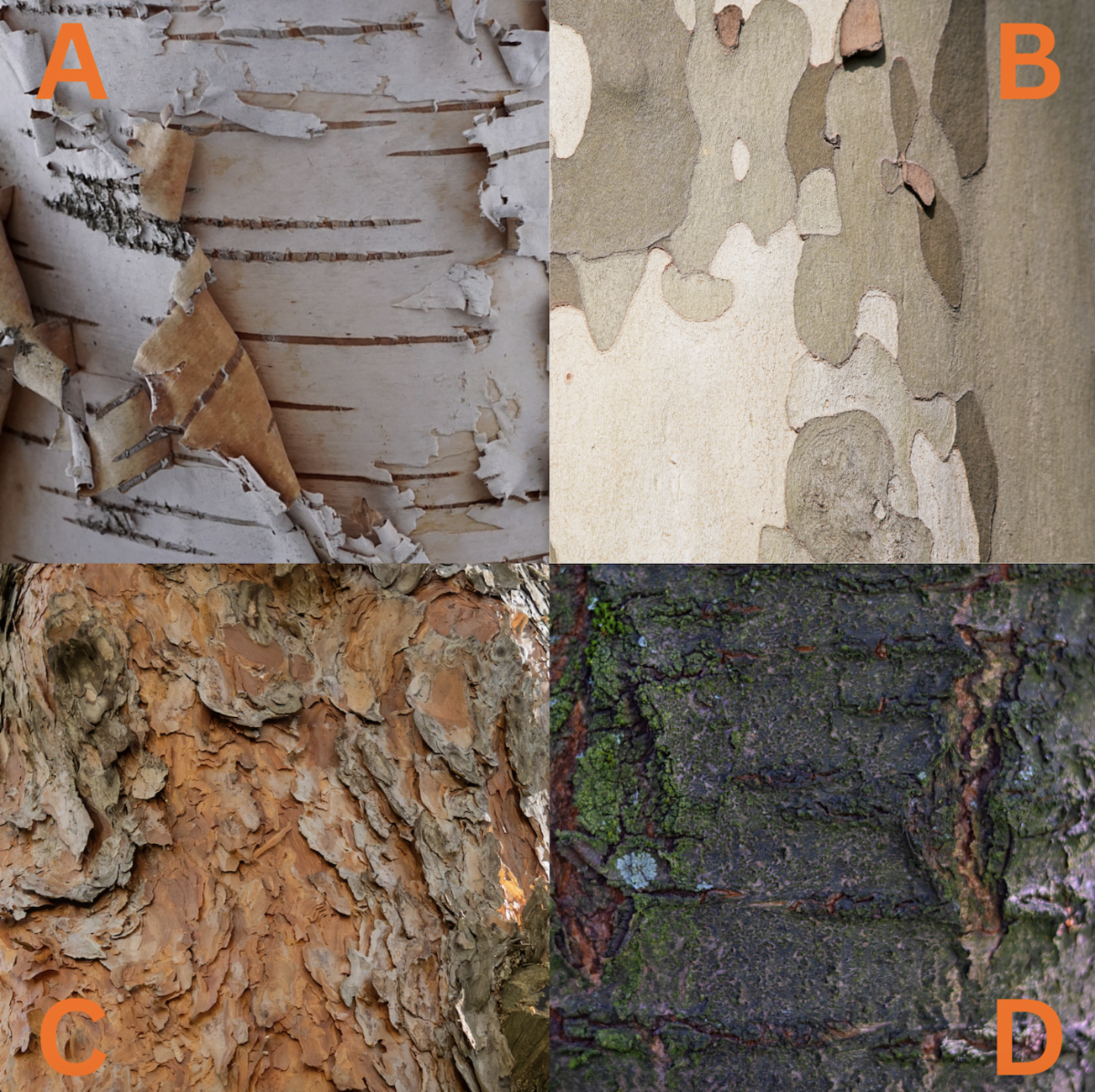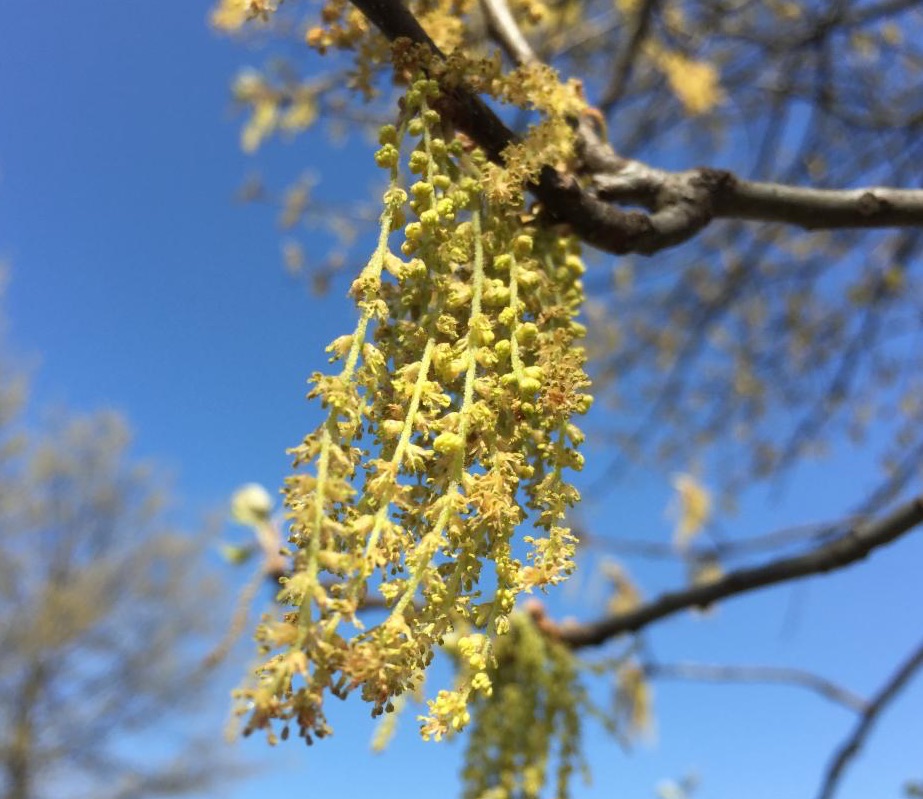Welcome to the latest edition of our newsletter! In this issue, we turn our attention to a problem that affects tree species common to Rochester: Chlorosis. Chlorosis is a condition characterized by yellowing or whitening of leaves. It can be caused by various environmental stressors. But don’t stress about it yourself, we will explore the symptoms, causes, and effective treatments for chlorosis. So, let's dive in and help you discover how to identify, combat this issue, and promote a vibrant, green landscape! |
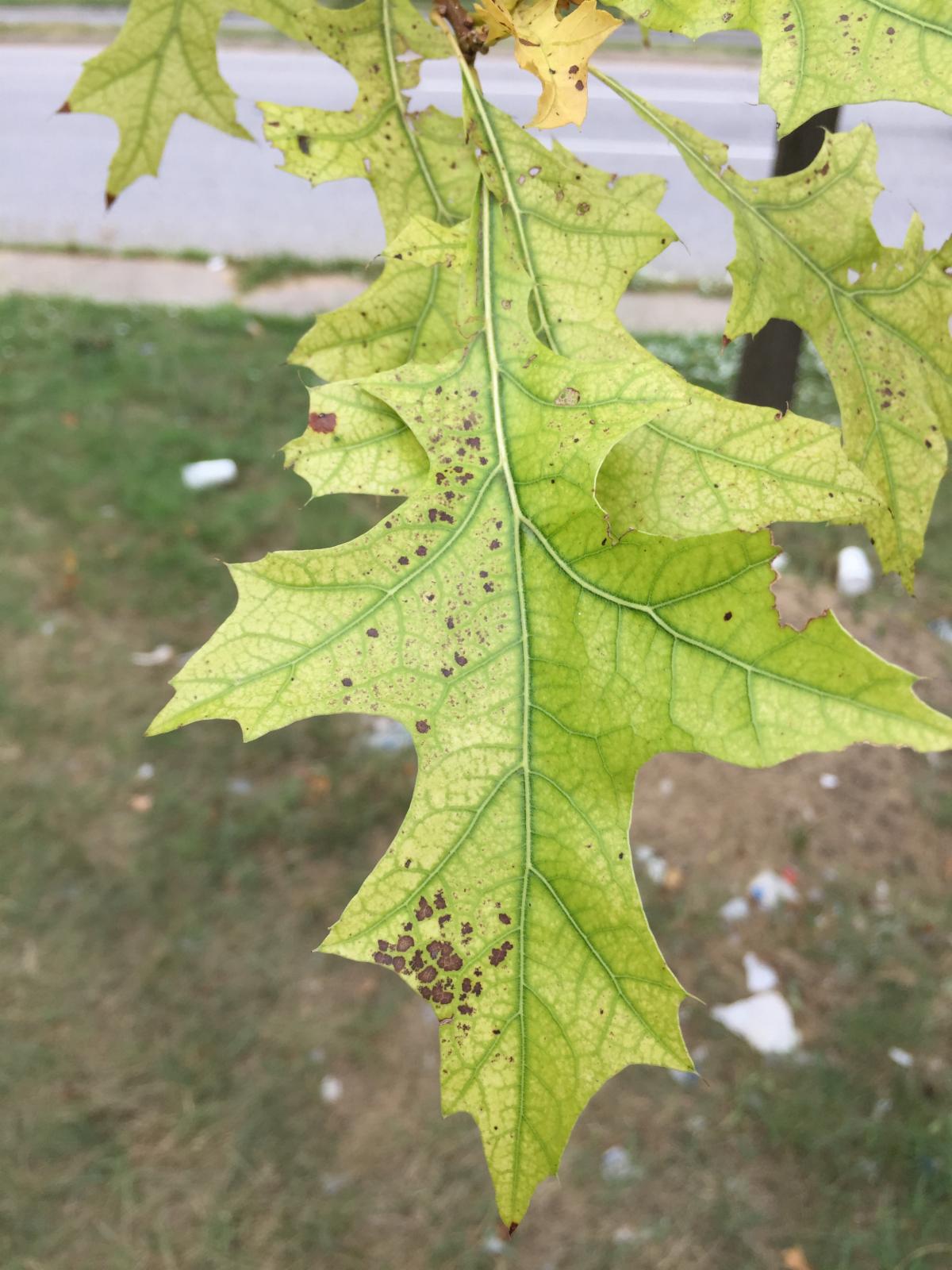 |
A chlorotic Pin oak leaf. Notice the yellow tone of the leaf in contrast to the veins. Chlorosis is a condition in which leaves turn yellow due to a lack of chlorophyll, the green pigment that is essential for photosynthesis. The discoloration may vary from light yellow to pale green or even white, depending on the severity of the condition. In some cases, the veins of the leaves may retain their green color, creating a distinctive pattern. As chlorosis progresses, affected leaves may become stunted, exhibit necrotic spots, and drop prematurely. Monitoring leaf coloration and observing any changes can help in early detection and intervention. Easy examples you can see all around Rochester are Pin Oaks that have yellow canopies. The symptoms of chlorosis can sometimes be confused with drought stress, as both can cause leaves to turn yellow and dry out. Click here to read our June newsletter which covers drought stress. Here are some symptoms and ways to decipher if your tree is dealing with chlorosis or drought stress:
|
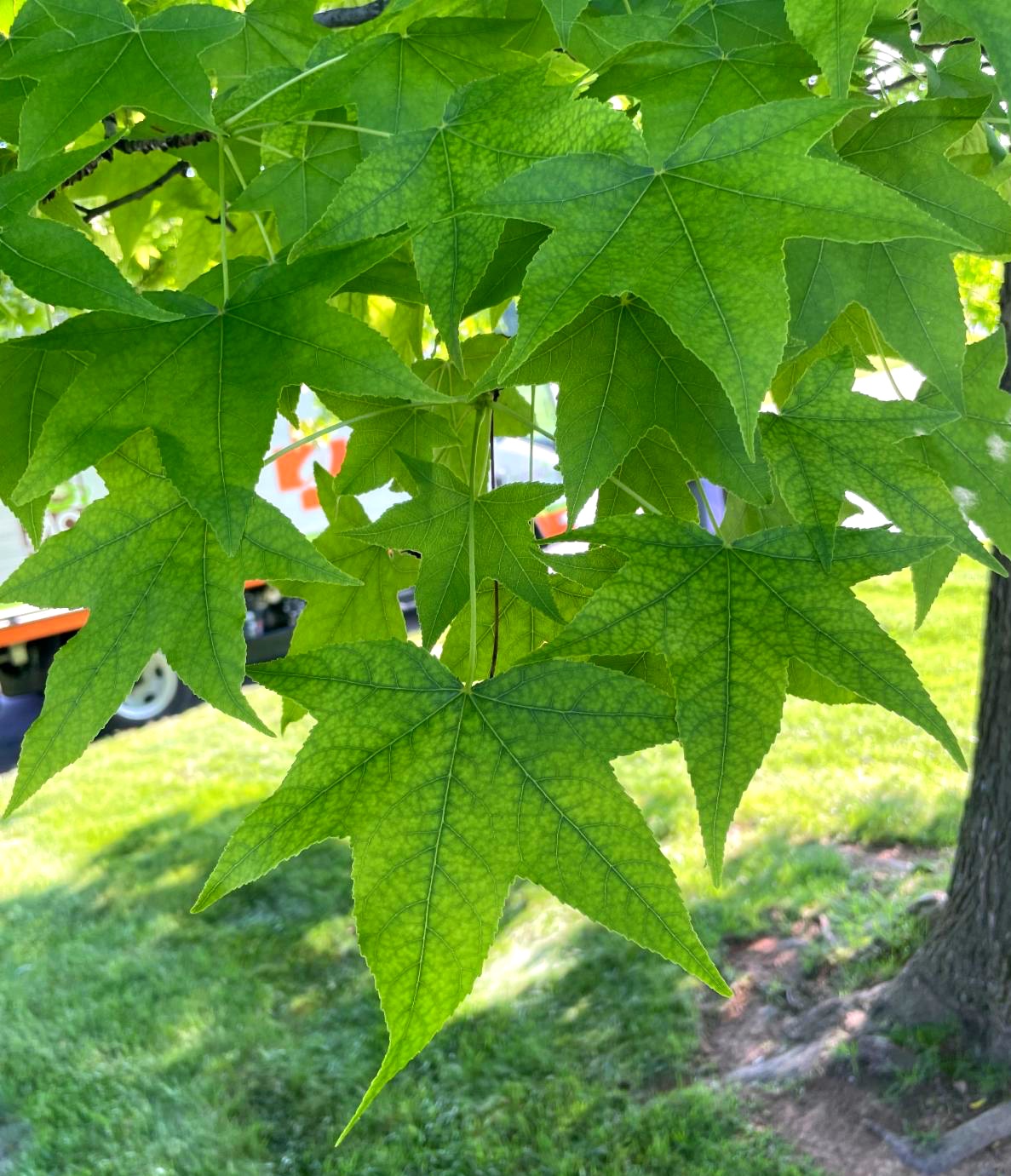 |
Early signs of chlorosis on a sweet gum tree. Notice how these leaves do not yet have a yellow tone to them but are beginning to lighten allowing the veins to become more noticeable. Chlorosis in trees can arise from multiple causes, with nutrient deficiencies being the most common culprit. Lack of essential nutrients like iron, manganese, or nitrogen can disrupt chlorophyll production and result in yellowing leaves. Trees acquire these essential nutrients from the soil, so soil conditions play a vital role. Environmental stressors such as excessive moisture, poor drainage, compacted soil, and soil pH level can all contribute to chlorosis. Identifying the underlying cause is crucial in determining the appropriate treatment approach. There are two types of tests that can help narrow down the cause. A soil test can help an arborist understand the soil pH and the available nutrients in the soil. A foliar test will tell the arborist the nutrient content in the leaves but won't tell the arborist why the nutrients are deficient. Having soil and foliar analysis done together can help the arborist narrow down the main culprit so they can create a custom management plan. Photosynthesis is the process by which trees transform sunlight, water, and carbon dioxide into oxygen and energy (sugar) that the tree needs to survive. Manganese and iron are two essential micronutrients for trees that play a key role in photosynthesis, as they are involved in the production of chlorophyll. Manganese helps trees use nitrogen more efficiently and helps trees withstand stress from high temperatures and drought. Iron plays a role in the formation of enzymes that are involved in the respiration, nitrogen fixation, and other important processes. If you have a chlorotic tree, it is not completing the photosynthesis process efficiently, which means it is not creating and storing enough energy for future growth, as well as for self-defense against pests & disease. Before you run out and buy and apply some fertilizer, you want to make sure you consider the pH of the soil as well as age, health, and species of the tree. For example, in alkaline soil, a Pin Oak may have an iron deficiency, while an adjacent Maple, sharing the same soil, may be manganese deficient. Applying manganese and iron can help prevent chlorosis, but overapplying these nutrients can exacerbate different health conditions, as well as be toxic to the tree. Careful management of the soil pH and nutrient levels will help ensure that your trees and shrubs have the right environment for healthy development. |
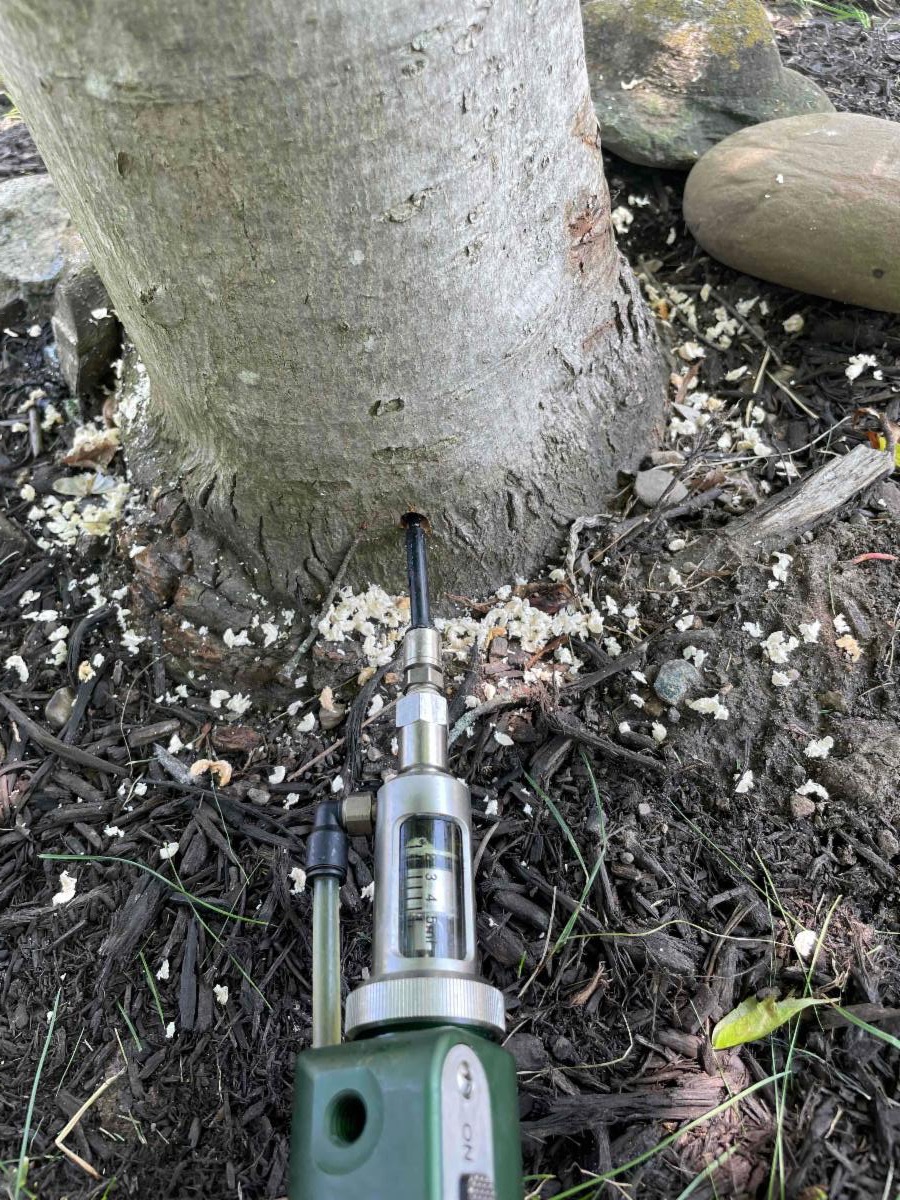 |
Injecting the tree with a fertilizer that is enriched with iron and manganese, as well as supporting micronutrients, will allow for rapid distribution through the vascular system. Addressing chlorosis can require a multifaceted approach tailored to the specific cause. Nutrient deficiencies can often be rectified through soil injections or fertilization programs that address the issue. Treatments can also be applied through injections directly into the tree's xylem or by applying via a foliar spray. These nutrient solutions can be applied directly to the tree, allowing for quick absorption and utilization. However, it's important to note that foliar sprays and injections directly into the tree may not be a permanent solution for chlorosis. These application methods provide a temporary fix by directly supplying nutrients to the leaves. Addressing the underlying cause, such as a soil nutrient deficiency or pH imbalance, is critical for the long-term health of the tree. An easy step to take in chlorosis management is ensuring proper irrigation and managing environmental stressors. Chlorosis is a common issue that can affect the health and appearance of your trees. By recognizing the symptoms, understanding the causes, and implementing the appropriate treatment, you can help your trees overcome chlorosis and thrive. Remember to consult with a certified arborist or tree care professional for guidance tailored to your specific tree species and environmental conditions. At Monster Tree Service of Rochester, we are here to support you in maintaining a vibrant and green landscape. |
Find out more: Schedule a consultation with a Monster Arborist Cornell University: Micronutrient Chlorosis USDA: Natural Resources and Concervation Services, Soil Sample Database
|


